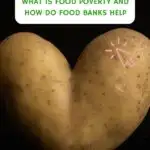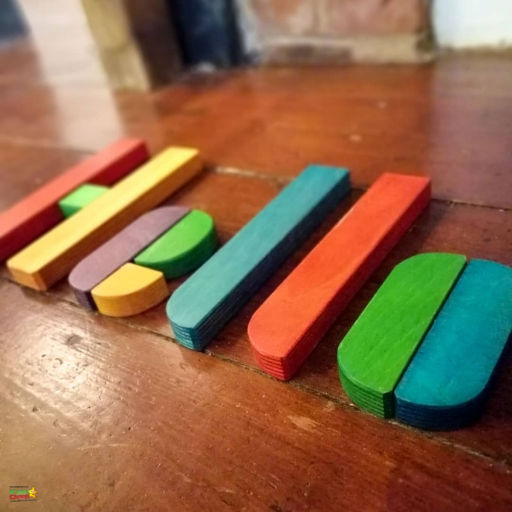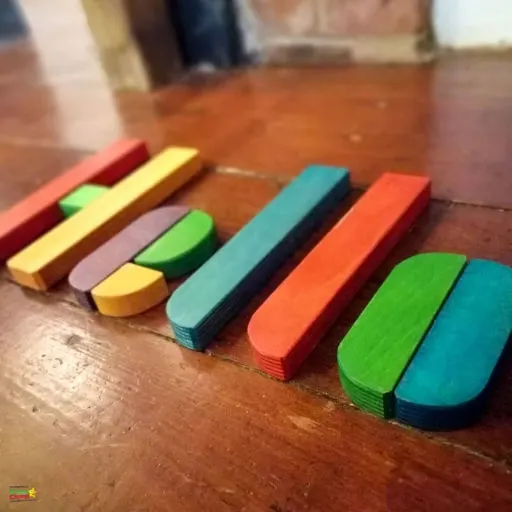More than 14 million people live in poverty in the UK, including 4.5 million children, and many rely on food banks. But what are food banks, why donate food, how do they operate, and what can we do to help? BanktheFood, is a charity that helps food banks get what they need when they need it, explains all.
We have a guest post from them today to try and help us all understand why we need food banks, how they help, and how we can donate food to them more easily too. KiddyCharts is a social business, and charity is at the heart of everything we do. Let’s all support our communities where we can.
Food banks have been set up across the UK to help people struggling to afford food. There are now in excess of 2500 food banks in the UK, and the number is expected to increase as more people feel the effects of rising living costs. The Trussell Trust charity runs a network of 1200 food banks, while others run independently. Although they may run slightly differently to respond to the needs of the community around them, they all provide a minimum of three days’ emergency food, called food parcels.
This is a free guest post from a charity because we love their work.


How food banks work
Food banks can be accessed by anyone in the community who may be struggling to afford food. Some will require a referral from a GP, social worker, health visitors, or school who can provide food bank vouchers which will enable them to get an emergency food parcel with at least three days’ worth of food.
The public can donate food items by dropping them at selected donation stations, usually found in churches, schools, and supermarket collection points. You can also take donations to your local food bank directly. Donations are then collected and sorted into food parcels; volunteers often do this.
Getting the right balance of items can be a challenge for food banks. More often, they have lots of one type of item and none of something else, so they rely heavily on notice boards in supermarkets and social media posts to let supporters know what they need. While this works, these notices can take a while to reach donors and quickly become outdated. With the help of new technology and apps, food banks are finding fast ways to communicate with their supporters. Apps such as BanktheFood enable food banks to upload a list of items they need, sending the list to supporters as they enter the supermarket.


Foodbanks often have storage facilities, volunteers help with regular stock takes to ensure everything is in date, and they have enough supply to meet the needs of the community they help. During the pandemic, some food banks started to deliver food, and many have continued to do this for their most vulnerable clients.
What’s in an average food parcel


While some food banks have the facilities to provide fresh fruit and veg, for many, the focus will be on items that have a long shelf life, such as:
- Cereal
- Soup
- Pasta
- Rice
- Tinned food such as tomatoes, pasta sauce, tinned veg/fruit
- Lentils, beans, pulses
- Tinned meat
- Tea/coffee
- Biscuits
- UHT or powdered milk
- Fruit juice
If we donate food: Is there anything to avoid?
To ensure your donation goes where it’s most needed and avoid wasting valuable volunteer resources, there are a few things not to donate.
- Avoid dented or damaged tins as this could mean that the food inside is spoiled and cannot be used.
- Food banks also can’t distribute food that has been opened or is past its use-by date.Any partially open packaging or item past their expiry will be disposed of, using up valuable volunteer recourses.
- Although it’s a lovely gesture to make and donate cakes, food banks can only distribute food in its original packaging, which means homemade food or leftovers are a no-go.


Food banks provide more than food
Often food banks provide more than just food. They also supply essential items such as deodorant, toilet rolls, toothbrushes, sanitary products, and nappies. If fact, many food banks also provide additional support, sign-posting information so that people know how to access financial advice, welfare support, and community groups, for example.
Pet food banks are also growing in numbers. Pet food banks provide free pet food to those in financial hardship, potentially preventing animals from being abandoned. While not every area has a pet food bank, supermarkets, animal charities, and pet shops are beginning to offer collection points for pet food and supplies.


How can you and your family help
BanktheFood is a downloadable app which pings donors a list of urgently needed items from their local food bank at the most crucial time – when they arrive at the supermarket. Shoppers can then add an item to their shop and donate it at the local donation station. The BanktheFood app tells donors exactly what food banks need at the crucial time – when they enter the supermarket, making donating more effective and reducing waste and the need for costly storage. Why not check it out before you do the family shop, so you know what is needed locally to you?
BanktheFood now has 13,000 users and helps food banks all over the UK. Simply download the BanktheFood app, and connect with your local food bank.
The Birmingham-born comedian and TV host Joe Lycett recently donated his time to BanktheFood to narrate #NotJustBakedBeans, a powerful film promoting the bankthefood app. Take a peek here, or view it below!

Watch this video on YouTube
We really do hope that this article on how to donate food and food banks has been really helpful for you. If you are interested in other articles related to charities on the site, do take a look at these:
Articles on KiddyCharts related to charities and social enterprises
Here are a few more articles about charities and social enterprise on our site for you to explore.
10 family social enterprises to buy from today in the UK #BuySocial #SocEnt
Family social enterprises that you might like to buy from and support.
What is a social enterprise for KiddyCharts?
Exploring a little more about what being a social enterprise means on KiddyCharts.
5 tips: How to talk about food insecurity with your children this Christmas
How to chat to your children about food insecurity particularly at Christmas, but in general too.
Five ways YOU can help with child food poverty today
Five ways that we can all help with food poverty in our lives today.
We’d love to have you again on the site – so why not subscribe to our newsletter while you are here?
Thanks so much for coming to see us.
Helen












